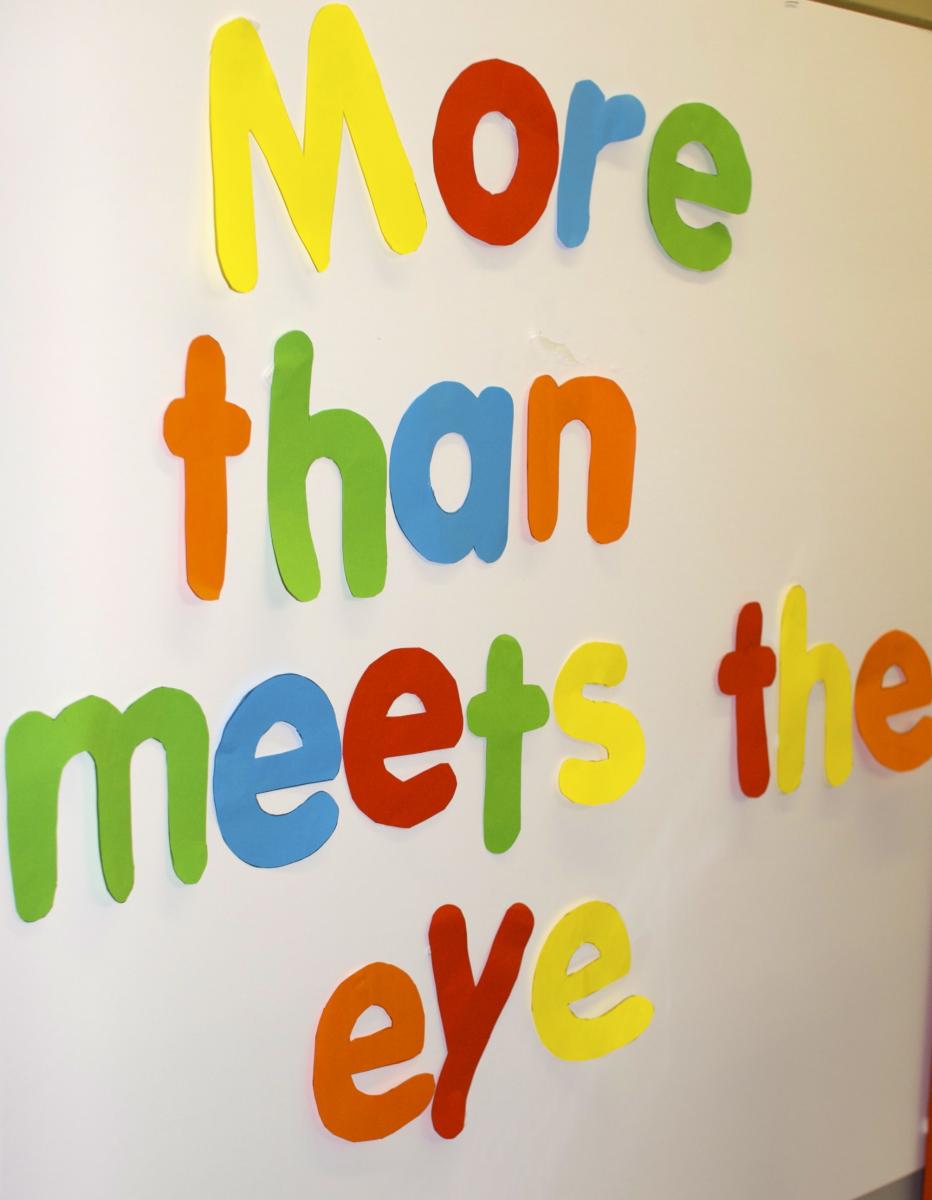Did you know: 50% of pupils in Educate Together schools are Catholic
Primary schools in Ireland have remained predominantly denominational, chiefly Catholic, in both ownership and management, despite demographic changes in recent decades. At the same time, increased diversity in the Irish population has contributed to a growing demand for new types of school that are multi-denominational in character.
The ESRI report School Sector Variation among Primary Schools in Ireland, published today Tuesday 23 October, provides new insights into the growing diversification of types of schools at primary level in Ireland. It focuses on school choice as well as the social, economic and educational characteristics of students enrolled in the three main types of primary schools â Catholic, Multi-denominational and Minority Faith schools.
The report shows that while the population has become more diverse in recent years, student intake in the Catholic schools is still predominantly Catholic. However, where Catholic schools have migrant pupils among the student body, the spread of nationalities is wider compared to the other two types of primary school.
At the same time, while having pupils from other religious denominations or none among the student body, multi-denominational school populations are 50 per cent Catholic. In fact, mothers in multi-denominational schools are as likely to describe themselves as very religious or spiritual as mothers in Catholic schools. A sizeable (30 per cent) Catholic intake was also found in minority faith (mostly Church of Ireland) schools. As many schools are located in the same vicinity as other schools, there is a potential for between-school competition across Catholic, Minority Faith and Multi-denominational schools.
In Ireland, there is evidence that school choice is constrained by the availability of places in the school of parents’ choice. While there has been growth in pupil intake across the three sectors, the growth has been more marked in multi-denominational schools. Schools such as Educate Together schools are more likely than other school types to be oversubscribed, that is, to have more applicants than they can accept.
The report also shows how the three primary school sectors differed in terms of social class background and maternal education levels:
⢠Minority faith and multi-denominational schools had higher proportions of children from professional, managerial and technical backgrounds than Catholic schools.
⢠Maternal education levels were higher in multi-denominational schools than in minority faith or Catholic schools. This factor had a stronger impact on school selection than social class.
There were no significant differences in pupils’ perspectives on their school experience across the three sectors. The research found that most children across the three sectors liked their school and their teacher and reported doing well in their schoolwork. Furthermore, pupils who were particularly positive about the school and teachers came from a variety of backgrounds.
Speaking about the report, one of the authors Dr. Merike Darmody stated:
The report highlights variation across the three primary school sectors in terms of pupils’ social class, parental education and faith background. Importantly, most children across the sectors felt positive about their school, teachers and schoolwork, irrespective of their background.
Paul Rowe, Educate Together CEO, noted:
This report provides an important objective background to the current debate around school patronage. In particular it demonstrates that many Catholic families choose Educate Together schools, and that they and their children are happy with the experience.

